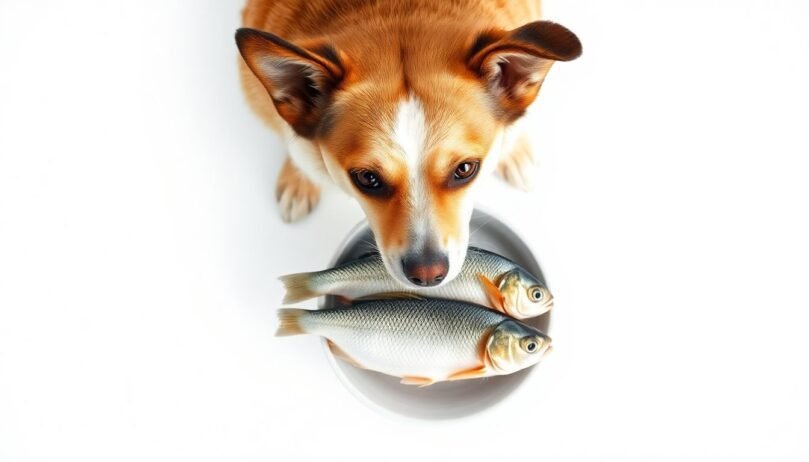Can Dogs Eat Fish
- 20 January 2025
- BuyAPet Editorial Team
- All Dogs, Dog Health
Can Dogs Eat Fish? A Comprehensive Guide for Pet Owners
Fish is a tempting treat for dogs—tasty and packed with nutrients. Here’s how to feed fish safely, the best types to choose, what to avoid, and easy prep tips.
The Nutritional Appeal of Fish for Dogs
Omega-3s for skin, joints & brain
Fish is rich in omega-3 fatty acids that support heart health, soothe inflammation, improve itchy skin, and may aid cognitive function. A shiny coat is a common bonus.
High-quality protein for muscles
Fish provides complete, highly digestible protein—great for growth, repair, and active dogs that need reliable amino acids without heavy fats.
Vitamins & minerals
Many fish supply vitamin B12 and D, plus selenium and phosphorus—nutrients tied to energy metabolism, immune support, and bone health.
Types of Fish Safe for Dogs
| Category | Examples | Why | Notes |
|---|---|---|---|
| Generally Safe | Salmon (cooked), Trout, Cod, Haddock, Pollock, Hake, Sardines (in water) | Good omega-3s, lean protein | Cook thoroughly; remove all bones and skin |
| Limit/Occasional | Tuna (light/skipjack), Mackerel (Atlantic) | Potential mercury levels | Small portions; not a daily staple |
| Avoid | Raw salmon/trout (parasite risk), Smoked/cured fish, Salted fish, Fried fish, Breaded fish | Pathogens, high salt/fat, seasonings | Choose plain, cooked, unseasoned fish only |
Safe Ways to Prepare Fish for Your Dog
Best cooking methods
- Steam, bake, or boil until opaque and flaky.
- Cool before serving; check carefully for all bones.
Portion control
- As a treat, fish should be ~10% of daily calories or less.
- For a topper/meal component, balance with complete dog food or a vet-formulated recipe.
Skip the extras
- No salt, garlic, onion, spices, butter, or sauces.
- Plain, unseasoned fish is easiest on the stomach.
Potential Risks & Dangers of Fish for Dogs
- Bones: Choking and internal injury risk—debone meticulously.
- Mercury: Larger predatory fish (e.g., tuna) can contain more mercury—keep portions small and infrequent.
- Allergies: Watch for itching, facial swelling, vomiting/diarrhoea; stop feeding and contact your vet if these occur.
- Raw fish pathogens: Parasites and bacteria can cause serious illness—cook thoroughly.
Conclusion: Making Informed Choices
- Choose safe fish like cooked salmon, cod, or haddock; serve plain and bone-free.
- Keep portions modest; fish complements a balanced diet.
- Limit higher-mercury species like tuna to occasional treats.
- Introduce gradually and monitor for any adverse reactions.
- When in doubt, ask your veterinarian for personalised advice.
FAQs
Can dogs eat salmon?
Yes—when fully cooked, deboned, and unseasoned. Avoid raw salmon due to parasite risk.
Is tuna safe for dogs?
Small amounts of light/skipjack tuna are okay occasionally. Avoid making tuna a regular part of the diet due to mercury.
How much fish can I give my dog?
As a treat, aim for ~10% of daily calories. For frequent toppers, consult your vet to keep the overall diet balanced.
Can dogs eat fish skin?
Only if cooked, plain, and served in small amounts—ensure it’s free of scales and excess fat, and never fried.
Are sardines good for dogs?
Yes—sardines packed in water (no salt) can be a great omega-3 source. Offer small portions and watch for GI upset.
This guide is educational and not a substitute for professional veterinary advice. If your dog has health issues or food sensitivities, consult your veterinarian before adding fish.
